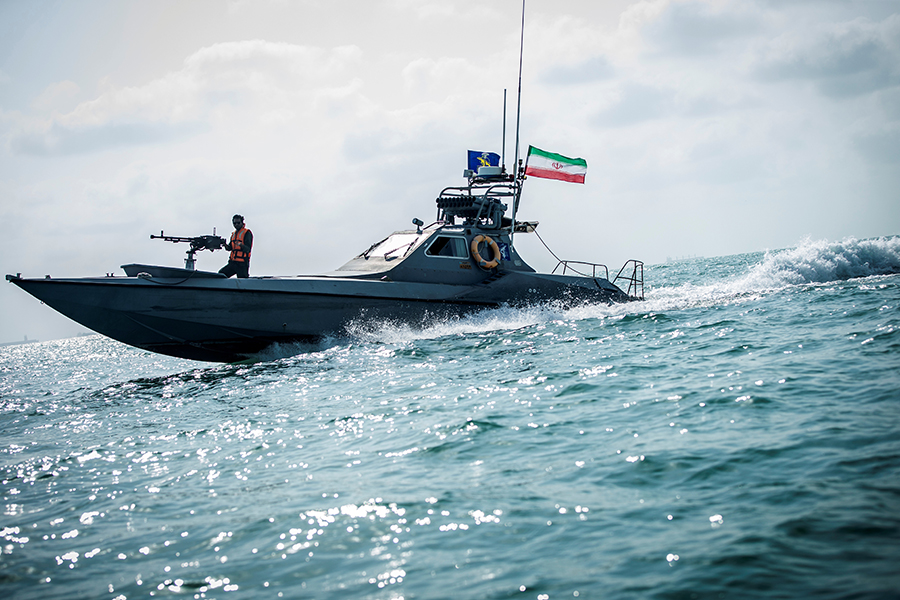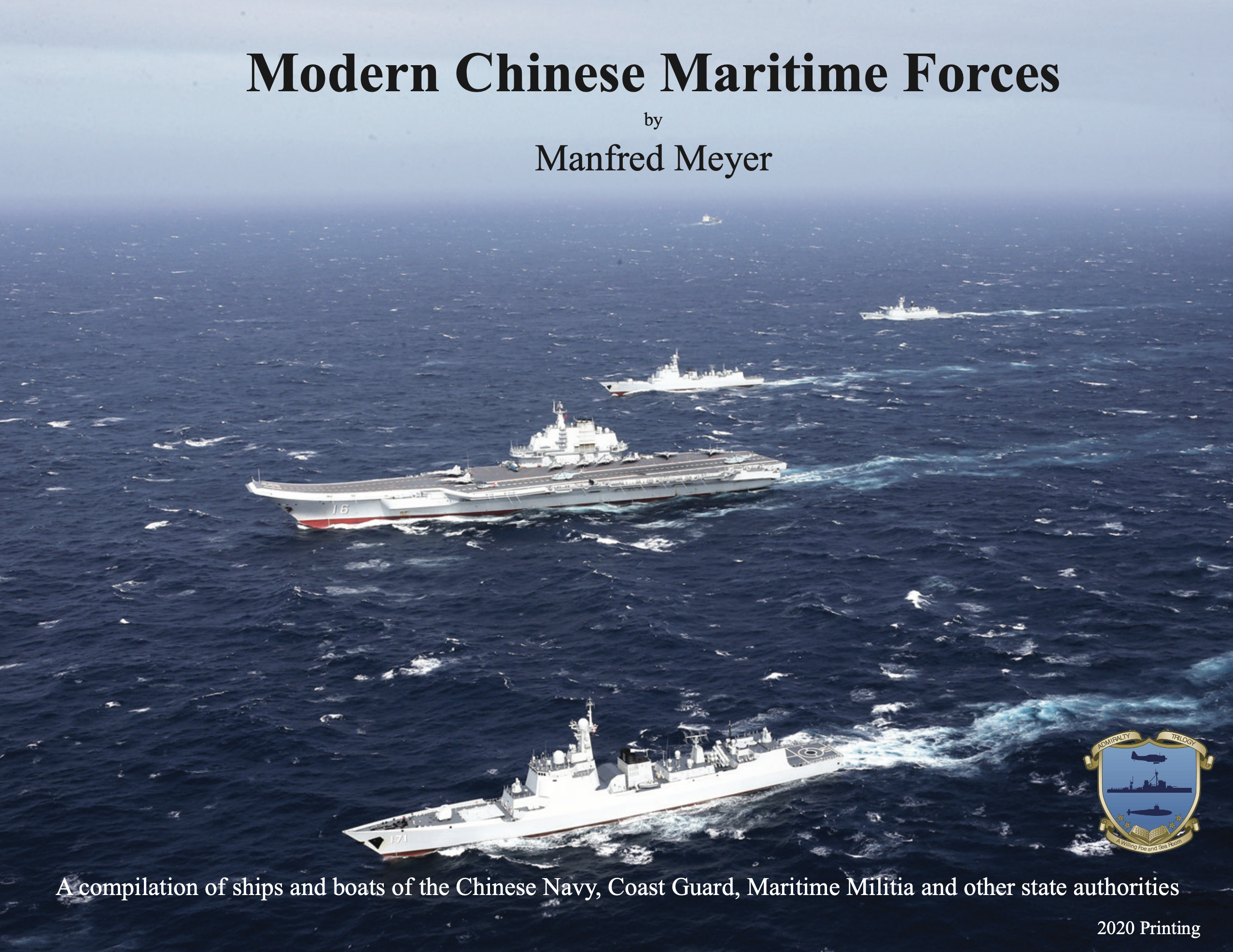

Deng Xiaoping to Mao, or even a Napoleon Bonaparte to the French Revolution. We find the first Chinese Emperor, say the founder of Ming or of the Qing dynasties, shaking things up, in a hurry, with lots of changes and lots of “broken eggs,” and then the second guy comes and is the consolidator, the guy who institutionalizes and provides continuity and stability. This is the concept of the “second emperor” from Imperial Chinese history, but also that one often finds in many “foundings” of state systems (like empires). Much of my own (Kuehn’s) paper overlapped what Marolda and Hone had to say, so I backed up to the talk about the dynamic of the one-two punch, the shake and then the bake as it were. Navy was better for that grasp (unlike Scotland). Marolda and Hone’s discussions, especially of Zumwalt, brought to mind the words of Shakespeare in the play Macbeth, “His reach exceeded his grasp,”….but the U.S. Blouin, one of Zumwalt’s deputies, cleverly put it, “We don’t have a CNO we’ve got CinCWorld.” Oliver, who as a younger officer served as a link between Rickover and Zumwalt, realized as he watched Zumwalt that the CNO did not have that much time he only had four years to try to change a culture that “badly needed immediate and drastic transformation.” To make up for his lack of time, Zumwalt resorted, in Oliver’s words, to being “the king of style.” As Vice Admiral Francis J. Zumwalt made the first choice and his legacy, at least according to Dr.
#Naval strategy pdf professional#
The second was to try to capture the professional imagination and ambition of several generations of Navy officers. The first was to work through in “inner staff,” pushing innovative ideas and practices on the service.

Train II argued that a CNO essentially had two choices if he set out to dramatically change the Navy. At the same time, he grasped the importance of both systems analysis and program budgeting within the Defense Department, and he acted to strengthen the CNO’s ability to shape the Navy’s investment budget and the Navy’s future composition. His experience in both roles-especially as a protégé of Nitze-had led him to distrust traditional bureaucracy. He had served as executive assistant to Navy Secretary Paul Nitze in 1963, and he had also been the first head of OPNAV’s systems analysis office. His paper specifically identified that Zumwalt was no novice to bureaucratic politics when he became the youngest CNO in the Navy’s history. most well known for his work in Opnav and OSD as a historian, provided the DOD insider view of the challenges face by both men. The phrase “shake and bake” was applied to his discussion of their impact, with Zumwalt shaking up the culture and with Holloway, a close colleague and even friend, following in the flamboyant and charismatic Zumwalt’s footsteps to smooth over things and put the Navy on an even keel while at the same time keeping what was best of Zumwalt’s reforms. Marolda did appear to favor Holloway’s approach over the more flamboyant Zumwalt, but explained that Zumwalt’s sense of urgency, especially regarding social change, was heightened. The flow here for the presentations was Ed Marolda, then Tom Hone, then me.Įd Marolda, best known as a Vietnam Historian of the Navy provided a fine summation of the impact of Zumwalt followed by that of Holloway, that one was not “better” than the other and that both faced immense challenges, but the styles differed greatly. Kuehn, Thomas Hone, Edward MaroldaĬommentator/Tsar-Captain Peter Haynes, USN. The official name for this panel was “Naval Leadership in a Time of Adversity”

Panel 1 – “Shake and Bake? Holloway and Zumwalt and Maritime Strategy” McMullen 2021 Naval History Symposium Part II


 0 kommentar(er)
0 kommentar(er)
